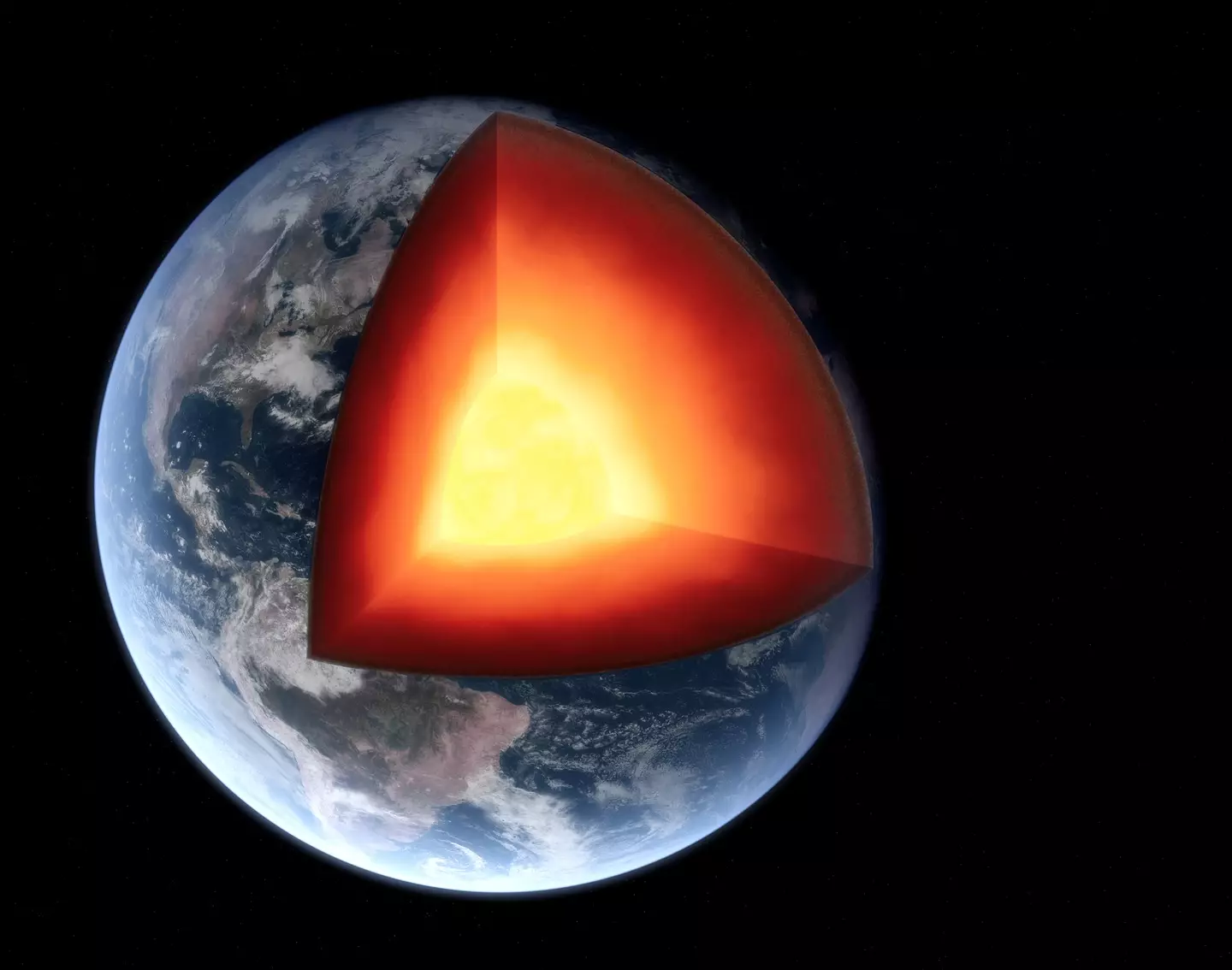
It's been a question that authors and scientists have been fascinated by for hundreds of years - with famous books wondering what it would be like to journey to the center of the Earth.
We've been able to learn a lot about our planet over the years, establishing how tectonic plates work and building up ideas about what the core looks like, but we're way, way off from the technology we'd need to actually embark on a journey through to its very middle.
Thankfully, though, the YouTube channel Bright Side created a dazzling animation back in 2019 which walks viewers through what this journey would actually be like.
Things start off at the same depth that animals burrow down to, around two feet deep, then 10 feet down to chill out with the earthworms.
As the video explains, the outer crust of our planet is around 32 miles thick, so there's a lot of distance to cover before you can break through it.
Advert
It's made up of rocks, mostly basaltic and granitic types, but you only have to get down to 39 feet to match the deepest-burrowing surface animals - Nile crocodiles.
At 278 feet, we're at the deepest underground town in the world, in Turkey, while 348 feet gives us the deepest underground metro station, from Ukraine.
We accelerate from here, though, getting down to the deepest level of any permafrost - 0.9 miles below the surface.
The deepest cave in the world is passed through at 1.4 miles below ground, before hitting the deepest train tunnel in the world - 1.5 miles down, in Switzerland.
Advert
The deepest mine then follows, at 2.5 miles deep, while a depth of 7 miles matches the deepest point of any ocean on Earth.

Then, the boundary between crust and mantle is passed, with 1,800 miles of magma rock to pass through next.
Down here, at 435 miles deep, we find the deepest point where earthquakes can be formed, before moving through to the inner mantle.
Advert
At 1,813 miles, the outer core begins and we're into a sea of fully molten metal, the source of our magnetosphere.
At 2,570 miles we hit the inner core, a solid, white-hot ball of iron and nickel that is impossibly hot and roughly the size of the Moon.
By this point, we're in the realm of theory, since it's way, way past the depth that any scientific probe has ever managed to reach.
The center is finally reached at 6,370 miles deep, an amount of time that can be hard to even imagine - and in around 12 minutes of video, you'll have learnt a lot about this astonishing journey.